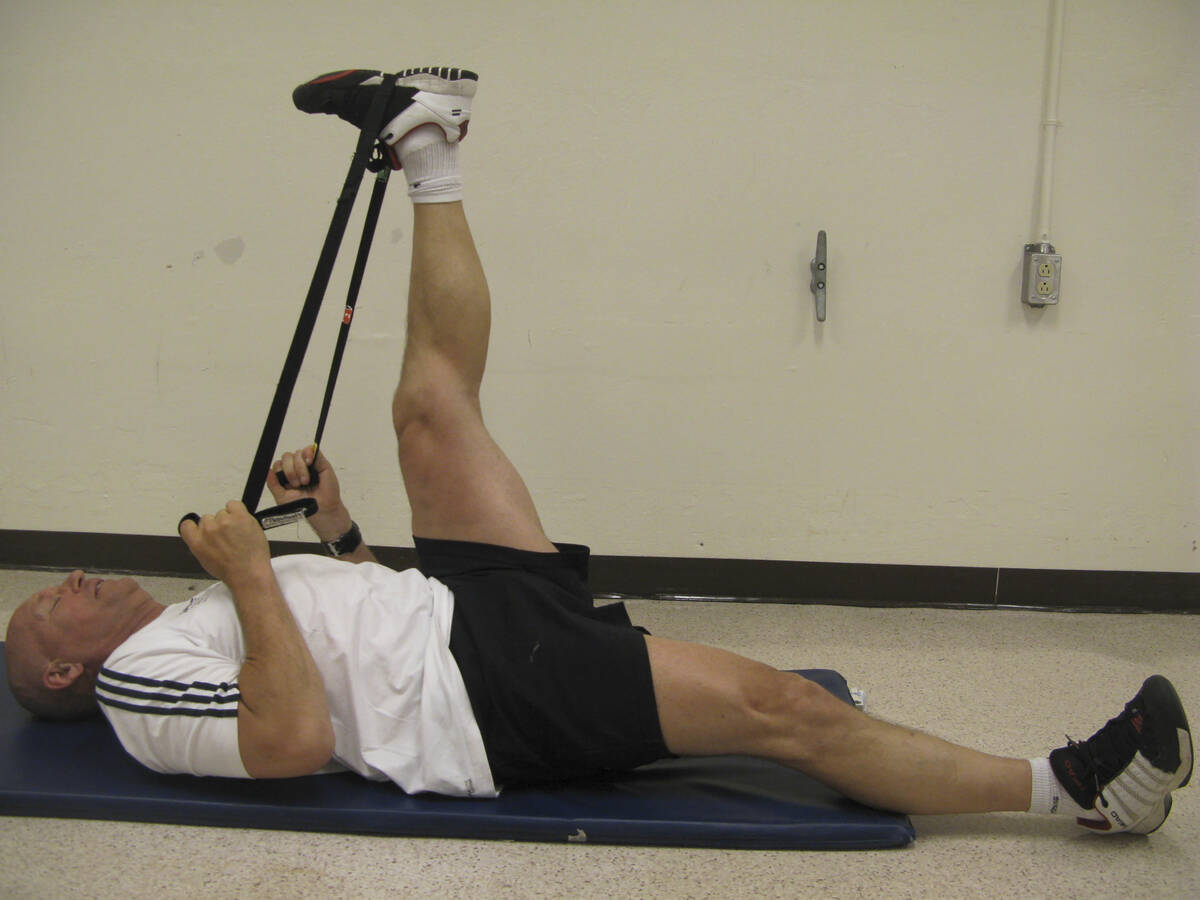Should you stretch before exercise? After? Never? Here’s what to know.
For many people of a certain age, high school gym class began with reaching for their toes. Then, over the years, we were told it was better to stretch after exercise.
It turns out, both those things can be true, but the differing advice has created some confusion.
Stretching can help make you more flexible, improve range of motion in your joints — and feel good. David Behm, who researches human kinetics at Memorial University of Newfoundland in St. John’s, Canada, offers this advice on when to stretch and how to do it safely:
Warm up first
It’s almost always good to stretch, but it’s better if you warm up first, says Behm, author of “The Science and Physiology of Flexibility and Stretching.” He recommends a light aerobic activity such as jogging, walking or cycling for five or 10 minutes.
Follow that with some static stretching, the traditional way of reaching and holding a position (think back to that gym class). You can then do activity-specific dynamic stretching, in which you warm up the muscles with repetitive movements like leg lifts.
Behm says one minute is “the magic number” for how long to do static stretching per muscle group without fatigue.
Expand your definition of ‘stretching’
Should you always stretch before exercising? If it’s traditional stretching, not necessarily.
The better question, Behm says, is, “Should people increase their range of motion? Should people have better flexibility? And that is yes, because it helps prevent injuries. It helps with health. But you don’t have to stretch to achieve that.”
Resistance training, for instance, can be an effective form of stretching, he says. Doing a chest press increases range of motion in your deltoids and pecs, whether with barbells, dumbbells or machines, so there is no need to stretch beforehand. Just make sure to start with a small amount of weight to warm up and then add more to train.
“You probably don’t have to do extra stretching unless you’re a gymnast, a figure skater, or even a golfer who needs a great range of motion through that swing,” Behm says.
Nor do you need to stretch first if you’re going for a leisurely run. Simply start with a slow jog to warm up and then increase the pace.
Don’t do it if it hurts
After exercise, “light stretching is OK, as long as you don’t reach a point where you’re feeling pain,” Behm says. Because your muscles will be warm by that point, overdoing it makes you more likely to injure yourself.
Foam rollers can help with muscle recovery and have been shown to increases range of motion as well as stretching.
Static stretching before sports
If you’re playing a sport, Behm says, static stretching beforehand helps reduce muscle and tendon injury.
“If you’re going to do an explosive movement, change of direction, agility, sprint, any of these explosive activities that involve your muscles and tendons,” he says, “you’re going to be stronger if you do static stretching.”
People can especially get in trouble when they go back to a sport they used to play, whether it’s tennis, surfing or any sort of team activity.
Also, stretch both sides equally. Lacking flexibility on one side also can lead to injury.
Why all the confusion?
Different studies over the years have either encouraged or discouraged stretching before exercise. Behm says that partly because some studies didn’t reflect real-life conditions, or were designed with elite athletes in mind, not regular people.
“If you’re Usain Bolt, it makes a difference,” Behm says. Not so much for the rest of us.
















